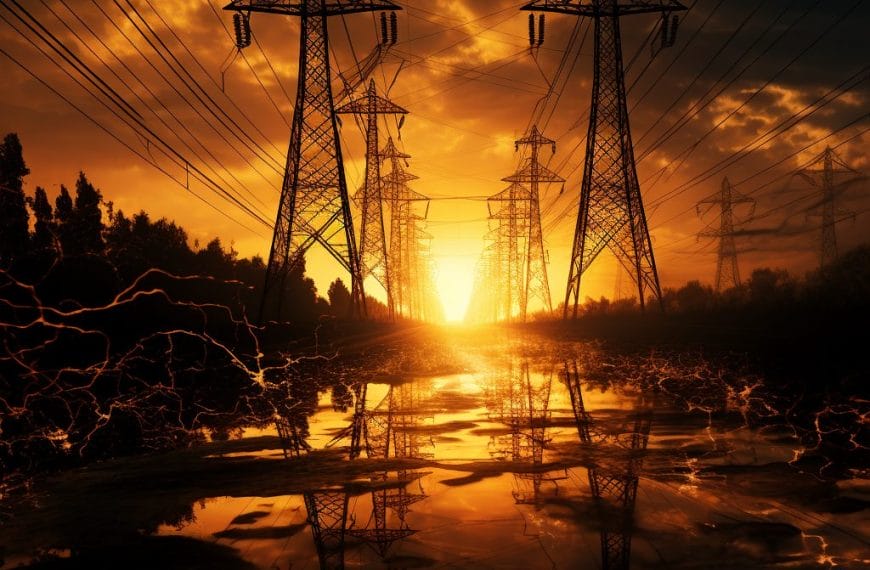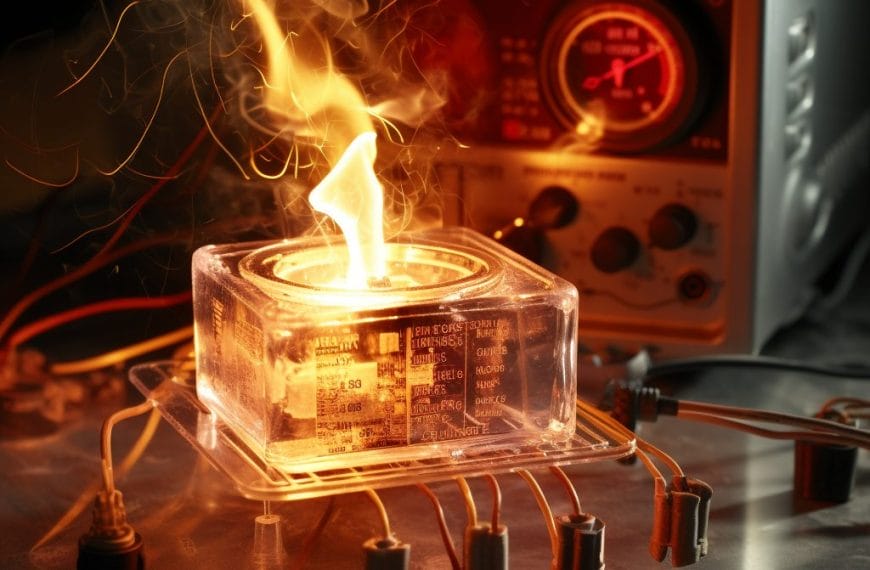Thrust Unleashed: Your Quick Answer
Jet engines create thrust by rapidly accelerating air backwards, which pushes the aircraft forwards through Newton’s third law of motion. Air is drawn in, compressed, mixed with fuel, ignited, and expelled as high-speed exhaust gases, resulting in a powerful reaction force that propels the plane.
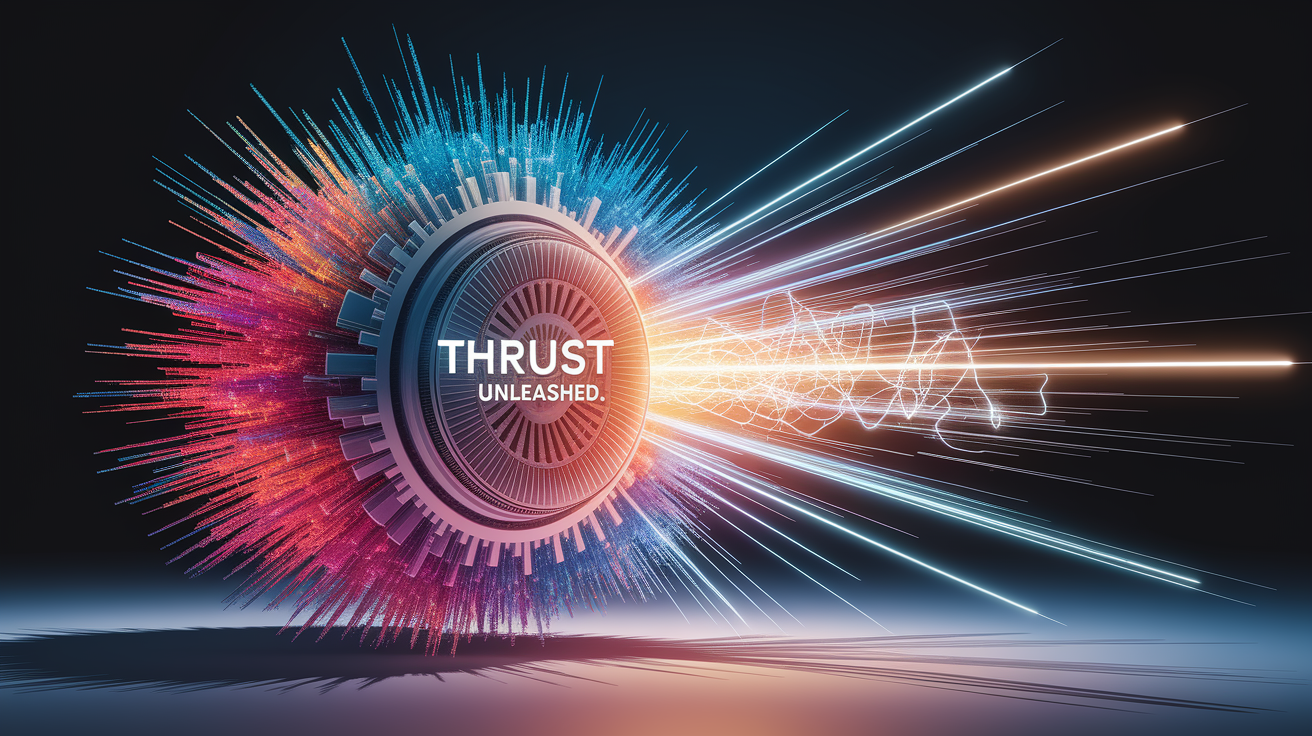
The Core Principle: Newton’s Third Law at Work
At the heart of jet propulsion lies Newton’s third law: for every action, there is an equal and opposite reaction. In the case of a jet engine:

- Action: The engine expels exhaust gases backward at high speed.
- Reaction: The aircraft is pushed forward with equal force, creating thrust.
This isn’t magic—it’s pure physics. The high-speed stream of exhaust gases is essentially the “push” against which the plane moves forward.
Inside the Engine: Key Components Generating Thrust
The thrust we see in flight is the result of several critical parts working in perfect sequence inside the engine:
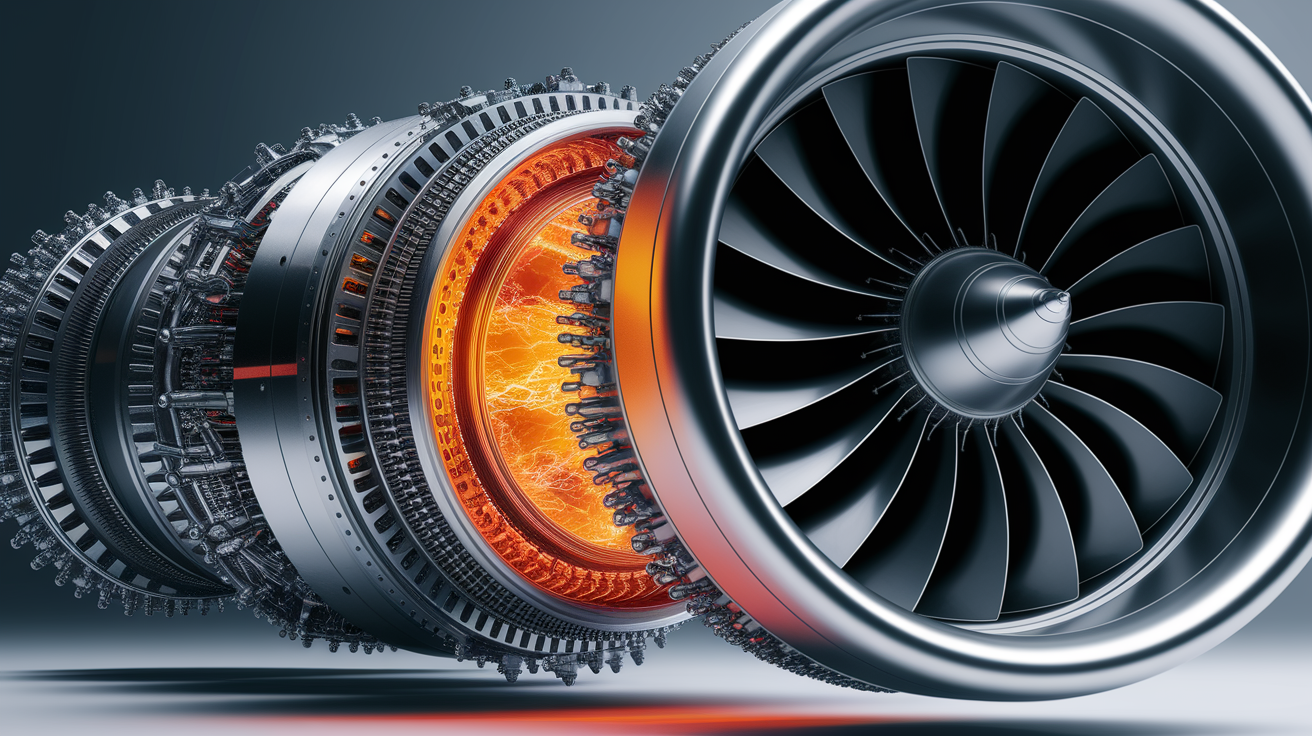
- Intake/Fan: Draws in the surrounding air, much like a vacuum sucking in air through a narrow tube.
- Compressor: Squeezes this air, raising both its pressure and temperature, increasing its potential energy.
- Combustion Chamber: Injects fuel and ignites the mixture, producing hot, expanding gases.
- Turbine: Extracts some energy from the hot gases to keep the compressor and fan blades spinning.
- Nozzle: Narrows the path for gases, accelerating them to higher velocities before they leave the rear of the engine.
Modern designs, especially turbofan engines, send a portion of air around the combustion chamber—this “bypass” air contributes to thrust more quietly and efficiently.
Bypass or Blast: Comparing Turbofans and Turbojets
Two common types of jet engines deliver thrust in different ways:
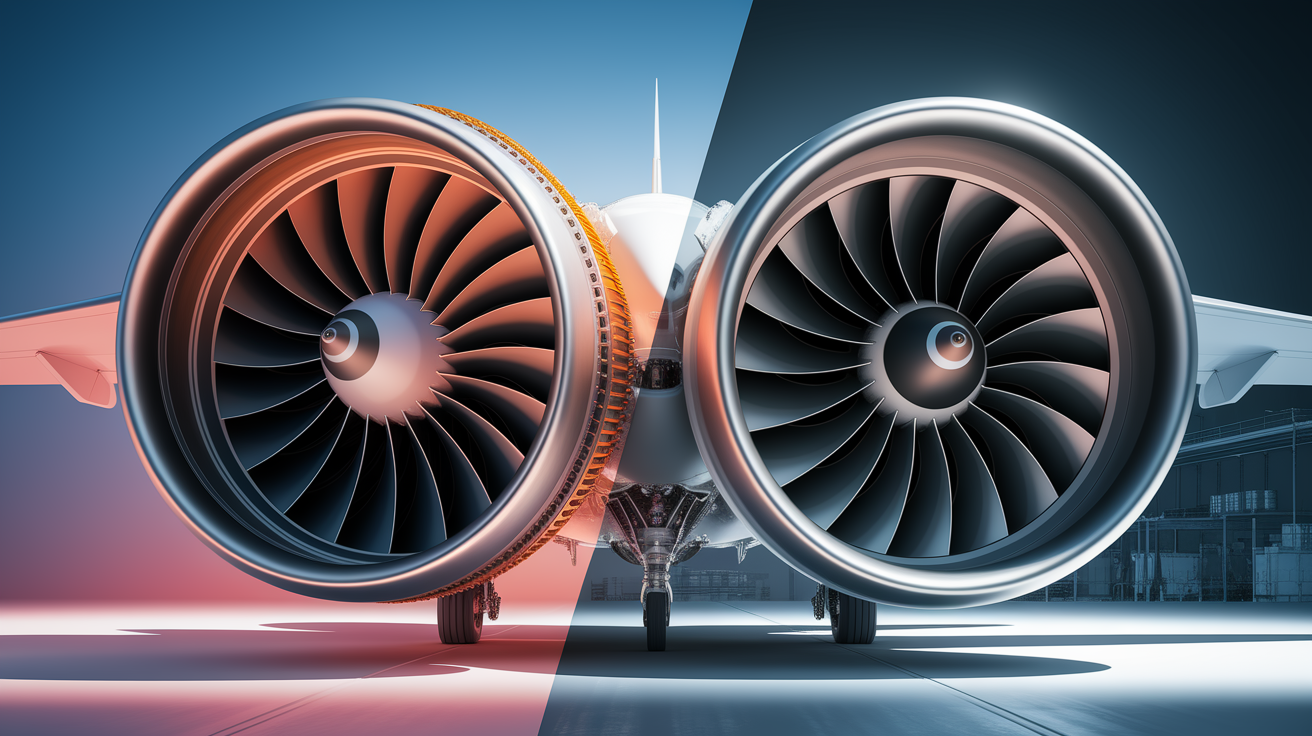
- Turbojet: Accelerates a smaller mass of air to very high speeds. Excellent for supersonic performance but noisy and less fuel-efficient at lower speeds.
- Turbofan: Has a larger fan at the front that moves a high mass of air, much of which bypasses the combustion chamber. This high bypass ratio makes it quieter and more fuel-efficient, perfect for commercial flights.
In simple terms: turbojets are like precision sports cars—fast and thrilling; turbofans are like powerful commuter trains—steady, efficient, and designed for longer hauls.
The Thrust Equation: How We Measure Push
Engineers quantify thrust using the thrust equation from fluid dynamics:
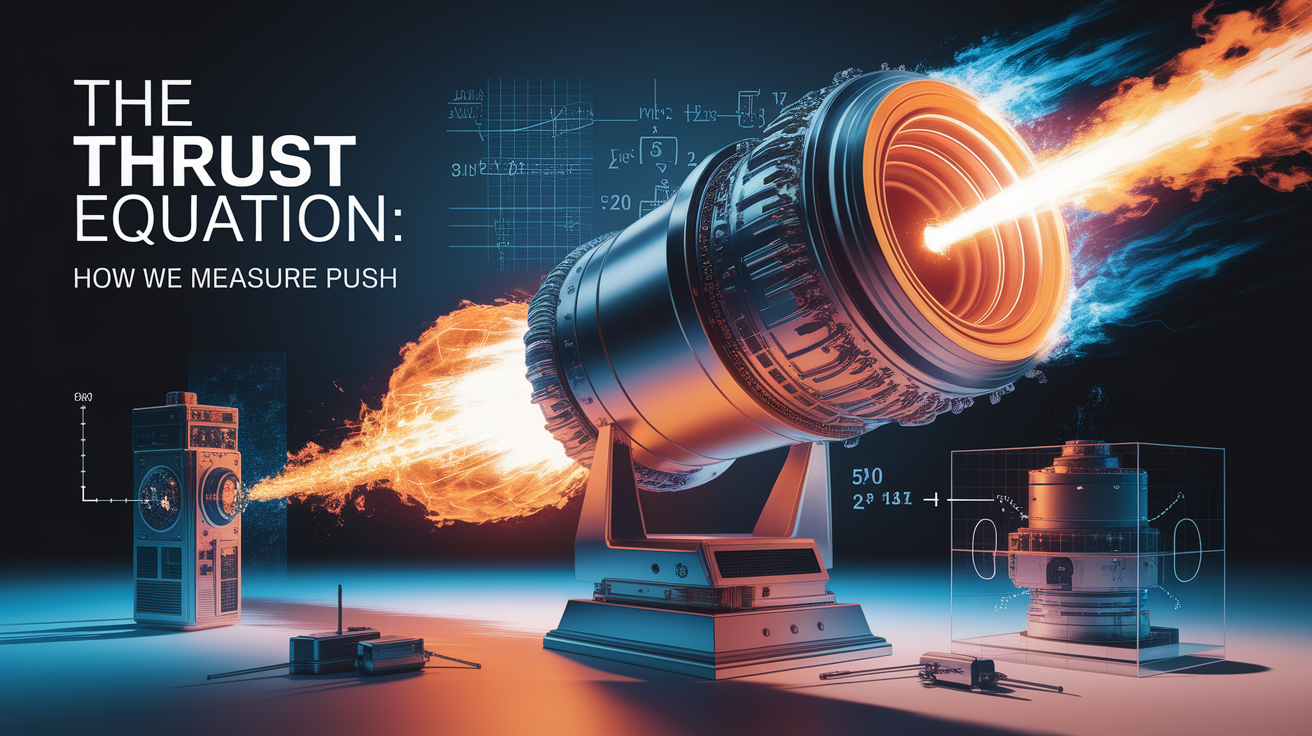
- Thrust = Mass flow rate of air × (Exhaust velocity − Incoming air velocity) + Pressure difference correction.
There are two main strategies to boost thrust:
- Move a large mass of air at moderate speeds (high-bypass turbofans).
- Move a smaller mass of air at extremely high speed (turbojets, afterburners).
The first method is quieter and more fuel-conscious; the second is all about raw performance and top-end speed.
Flying Forward: The Next Leap in Jet Thrust
Future aircraft propulsion is pushing toward engines that are more efficient, quieter, and cleaner. This includes:
- Ultra-high bypass designs to maximize propulsive efficiency.
- Variable cycle engines that can switch between turbofan and turbojet-like performance.
- Advanced materials that withstand higher temperatures for greater power without extra weight.
- Hybrid electric assist to reduce fuel burn during certain flight phases.
All these innovations aim to squeeze out every bit of performance while lowering environmental impacts and operating costs.







